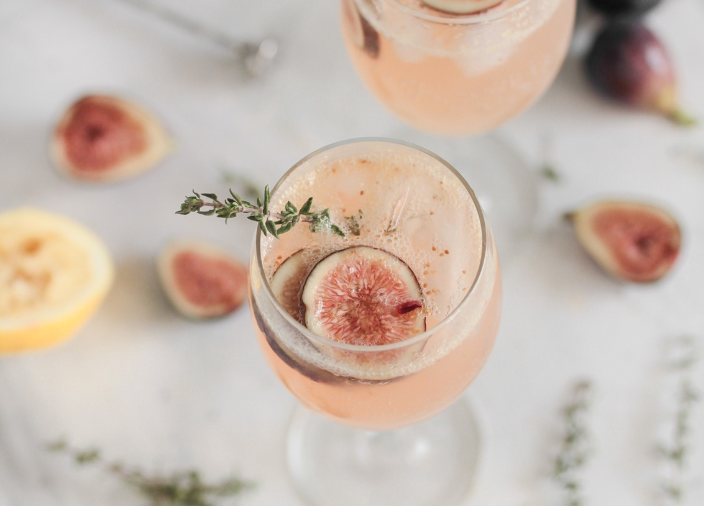Blogs & Inspiration
Guide to Creating Seasonal Cocktail Menus
Seasonal cocktails bring much more than just fresh flavors to the bar — they also capture the attention of prospective guests and keep cocktail menus exciting.
Estimated reading time: 8 Minutes
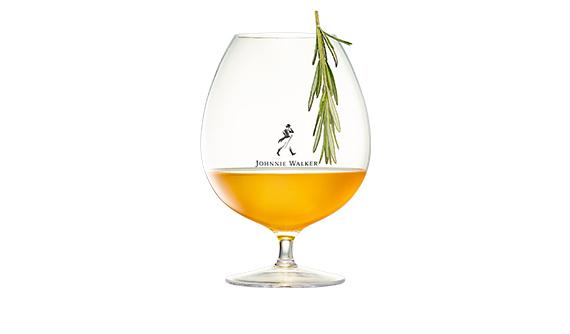
Why Make Seasonal Cocktails?
Seasonal cocktail menus bring more than just fresh ingredients – they can also be great for business.
With an impressive 59% of consumers more likely to purchase a menu item if it’s described as seasonal, these menu additions could be a boost to your bottom line.
Cocktail menus featuring abundant, seasonal produce can also help save money for your venue as ingredients are often cheaper and more sustainable while also staying on-trend.
For guest experience, changing your drinks offering with the seasons gives you new news to share with regular guests and something exciting to entice new guests to try your venue.
This is also something guests love to see across social, so sharing new and interesting seasonal cocktails can also be a great content; from a behind the scenes look at the development and ingredients, to exclusive offers that encourage followers to come and sample the new menu.
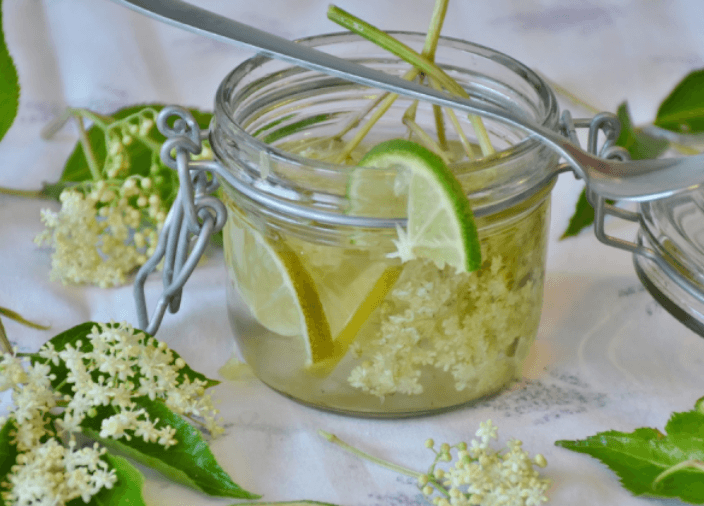
Crafting a Seasonal Menu that Fits Your Bar
Today, the world’s best cocktail bars take a culinary approach to creating seasonal ingredients for recipes, crafting their own seasonal components such as layered infusions, ferments, pickles, and cordials.
However, seasonality doesn’t just have to relate to available ingredients. Consider ways a serve can be tailored to the seasonal weather (cold weather drinks, such as toddies and Irish coffees; or hot weather drinks, such as simple spritzes and Collins); or even a cultural moment or occasion, (for example festive periods or sports tournaments.)
Not every version of sustainable drinks will work for every bar, so find the angle that best suits your venue and your guests when developing your seasonal offering.
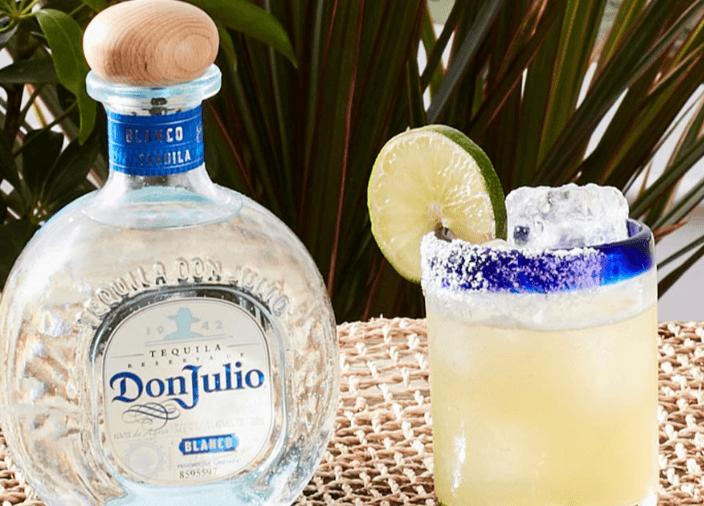
Things to Consider when Building a Seasonal Menu
Before diving into developing your seasonal drinks offering, consider the following:
- Time and ability of staff. Establish how the seasonal menu will be maintained day-to-day, for example if prep is dependent on the bar team itself, it’s vital to appoint staff to lead this aspect of service. Match your seasonal offering to the capability and resource you have within your team.
- Mapping out the cocktail list. How many cocktails do you wish to feature on your menu? In what style? What sells and what doesn’t at your bar? Which seasonal ingredients do you feel most excited about? Answer these to ensure your seasonal menu is something your guests will enjoy and will sell.
- The longevity of the seasonal ingredients. Not all ingredients share the same peak season, so it’s important to consider how long certain foods will be abundant before putting them on your seasonal menu. Consider and plan your timing, pricing and availability carefully.
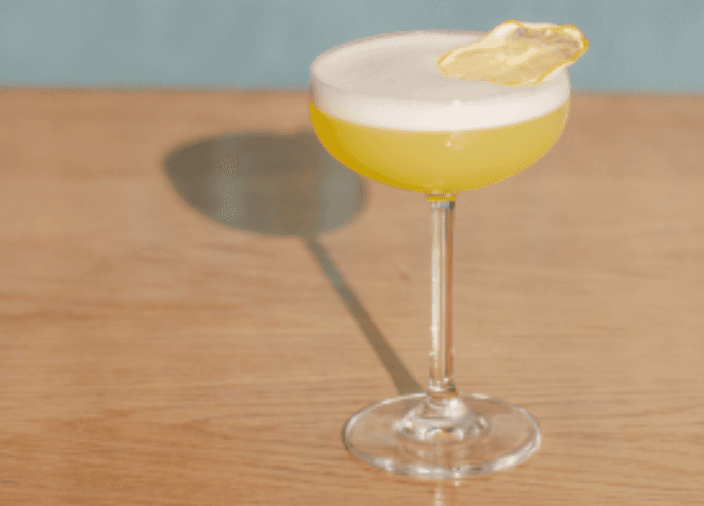
BE CREATIVE, AND THINK OUTSIDE THE BOX
Don’t be afraid to use seasonality as an opportunity to express your creativity and utilize your talented team of staff. If you have a creative chef who loves finding ways to use leftover ingredients from the kitchen, why not explore ways to add those onto your cocktail menu?
KEY TAKEAWAYS
- Seasonal cocktail menus offer a host of benefits – including generating incremental revenue and creating a sense of buzz among customers
- Find out what works for your bar and plan your menu accordingly
- Assess what your venue can manage before building your seasonal menu
- Use it opportunity to get creative – there are no boundaries!
